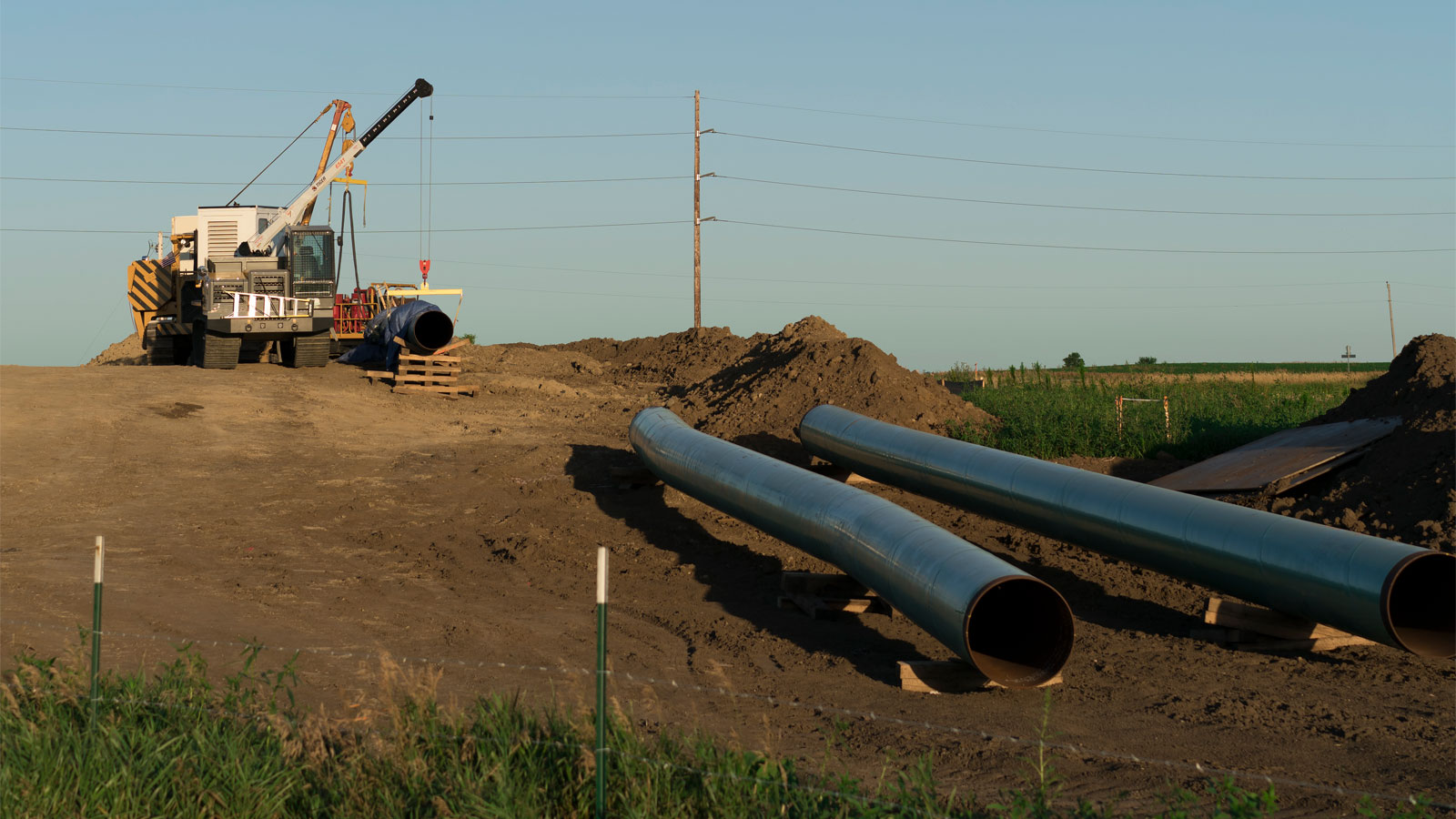A tool built using the AI behind ChatGPT can help extract information from scientific paper abstracts. It could help researchers identify important information across thousands of articles
By Jeremy Hsu

AI could help sift through research papers
Yuri A/Shutterstock
A US government research lab has built a tool for finding and summarising knowledge in scientific paper abstracts. It uses the same AI that powers the recently publicly released chatbot ChatGPT.
“There is a line of sight to the time when we will have research assistants that are AIs that have access to incredible amounts of information,” says John Dagparts.
Dagdelen and his colleagues at Lawrence Berkeley National Laboratory in California started out with the goal of teaching GPT-3 – an AI built …
No commitment, cancel anytime*
Offer ends 14th March 2023. *Cancel anytime within 14 days of payment to receive a refund on unserved issues.
Existing subscribers, please log in with your email address to link your account access.
Inclusive of applicable taxes (VAT)
MORE FROM NEW SCIENTIST

US government lab is using GPT-3 to analyse research papers
A tool built using the AI behind ChatGPT can help extract information from scientific paper abstracts. It could help researchers identify important information across thousands of articles

Help in the hunt for neutrinos while exploring deep-sea ecosystems
The Deep Sea Explorers project is calling for volunteers to help remove noise from data collected by a neutrino telescope at the bottom of the sea, finds Layal Liverpool

Huge AI models can be halved in size without degrading performance
A way to cut the scale of artificial intelligence models by 60 per cent could save huge amounts of energy and make them more accessible

ChatGPT detector could help spot cheaters using AI to write essays
A tool called GPTZero can identify whether text was produced by a chatbot, which could help teachers tell if students are getting AI to help with their homework
Note: This article have been indexed to our site. We do not claim legitimacy, ownership or copyright of any of the content above. To see the article at original source Click Here











